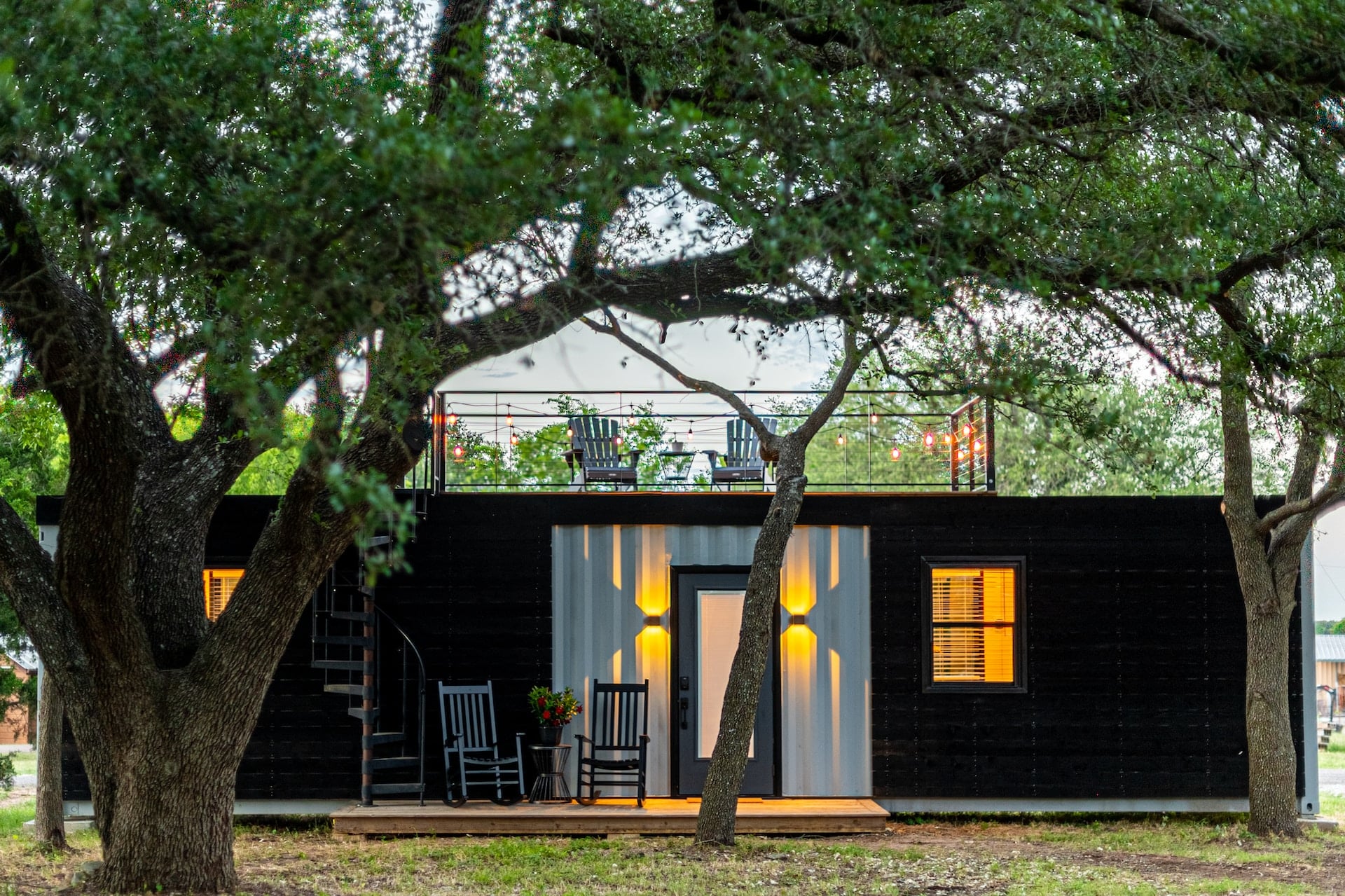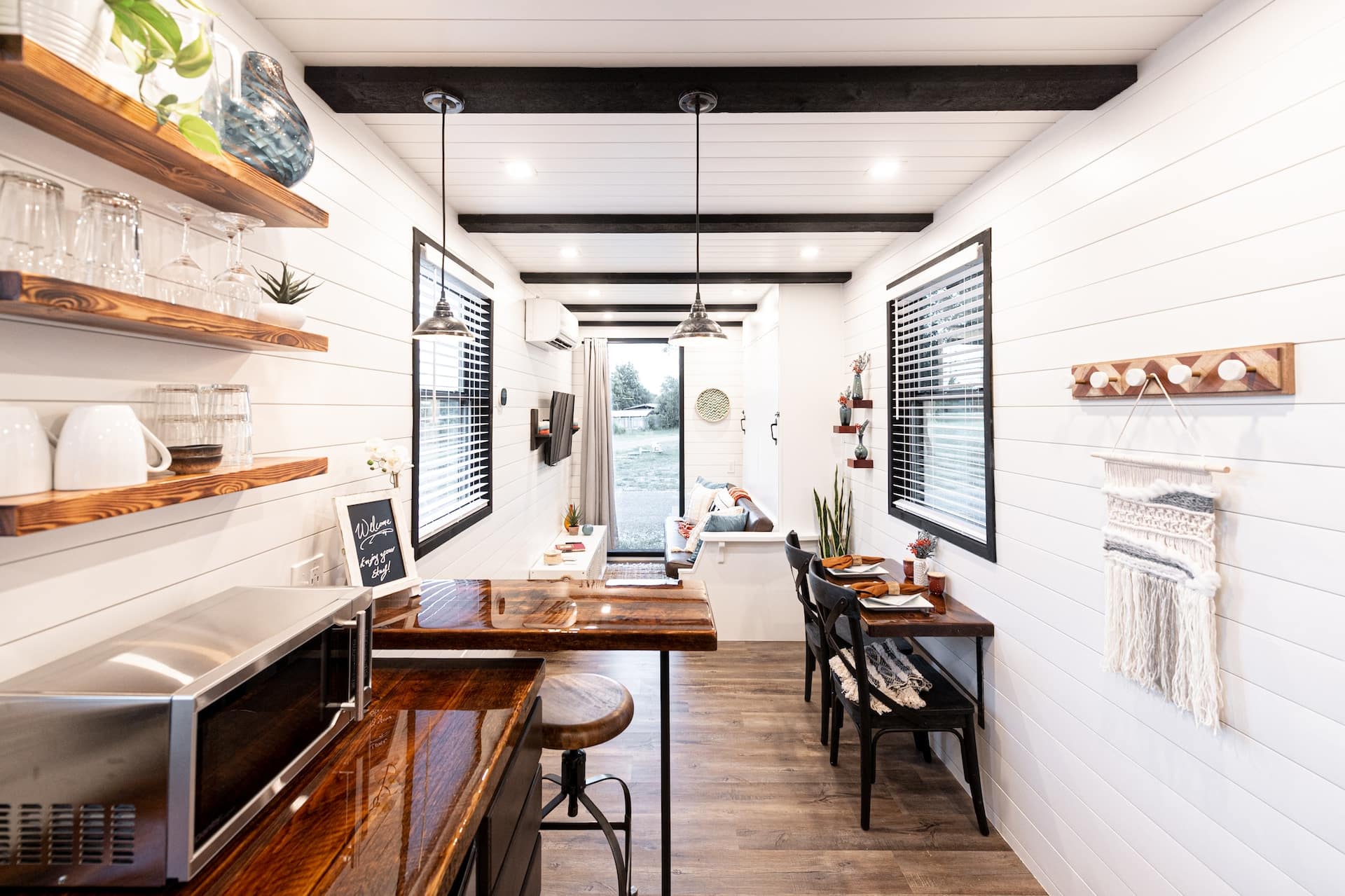
Are Extra Wide Tiny Homes Still Eco-Friendly?
Most people know tiny homes are more sustainable than standard houses, but what about slightly larger ones? More immense structures take up more space, more energy and more resources. Their construction and upkeep are also more taxing on the environment. What’s the impact of building something sizeable? Can extra-wide tiny homes still be eco-friendly?
How Big Is Too Big?
There are actual guidelines on what counts as a tiny house — primarily because of zoning laws and city regulations. A tiny house has to have a floor area of 400 square feet or less, as defined by the International Residential Code. There are no rules against an extra wide tiny home, but if it gets too large, it may actually become a small house.
Are Extra Wide Tiny Homes Eco-Friendly?
Building, repairing and living in a home takes up a lot of natural resources. Buildings create about 40% of greenhouse gas emissions globally. While all homes use a lot of energy and impact the climate, their size plays a role.
It takes more materials to build a bigger building. Plus, an extra-wide tiny home will use more energy over time. Larger homes require more maintenance than smaller ones — they use more natural resources even after construction.
However, these types of homes can be sustainable, even at their larger size. For example, an Australian builder created an extra-wide tiny home with three bedrooms, a lounge and a full kitchen. Despite its size, it’s still eco-friendly. The builder made it with reclaimed, recycled and locally-sourced materials.
On top of that, it has a composting toilet and extra insulation. The builder took extra precautions to balance the size with sustainable building methods and materials. It’s said a lot, but it’s true that size doesn’t matter. Even if tiny homes are larger, they can still be eco-friendly.
How to Make Extra Wide Tiny Homes More Eco-Friendly
While extra-wide tiny homes impact the environment more than regular tiny homes, the difference isn’t too significant. Plus, they have a much smaller carbon footprint than regularly-sized homes. Extra-wide tiny homes could be more eco-friendly if they were smaller, but they can still positively impact the environment at their size.
There are plenty of things you can add to make them more sustainable. With enough work, you can do so with any size structure, so it should be easy to balance an extra-wide tiny home’s effect on the environment.
There are a few ways you can reduce the negative consequences of a larger tiny home:
- Add insulation: Insulated homes use less power and save energy because they stabilize the inside temperature. It also keeps the house at a cozy temperature.
- Optimize space: An extra-wide tiny home may be larger, but still has potential. Optimizing the inside of your home means you’ll take up less space and resources.
- Be energy-efficient: Plug any leaks and patch cracks to save energy. Houses lose a lot of their efficiency over time because of dripping pipes or drafts from windows.
- Do routine upkeep: Sustainability is about maintenance. If you do more, your home will stay in better shape for longer. Increasing its life span will ultimately save crucial resources.
- Add green aspects: A clean energy source or a green roof can compensate for the extra space and resources an extra-wide tiny home takes up. They reduce your carbon footprint and benefit the environment.
- Build sustainably: Building with replenishable materials or biomaterials will reduce your carbon footprint and be more environmentally friendly. For example, trees can be sustainably harvested and replanted.
All homes require resources to build and maintain. They aren’t naturally eco-friendly, so it’s okay if a tiny home is a bit larger than usual. Extra-wide tiny homes indeed use more resources up front and over time, but they’re still great, eco-friendly alternatives.
Any Tiny Home Can Be Eco-Friendly
The extra size may use more resources, but you can sustainably source them. It may take more energy to power, but energy-efficient construction can balance the effect. They definitely have a larger impact on the environment because of their size, but they’re still better than other homes and are fixable with sustainable behavior. Tiny homes can be eco-friendly even if they’re extra-wide.




Post a comment